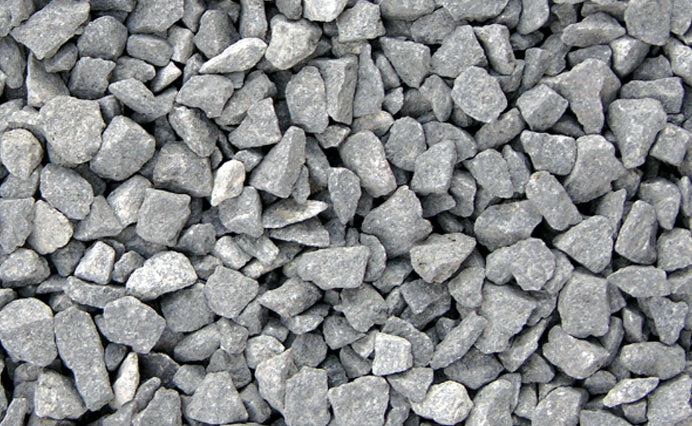Concrete is a composite material made from fine and coarse aggregates, cement and other additives. As a critical element of the matrix, the thermal properties of aggregates play a crucial role in the performance of a concrete structure. This article aims to provide civil engineers with information on the thermal properties of aggregates and their influence on the Strength, Durability and thermal performance of concrete structures.
Coarse aggregates represent around 30 to 50 percent of the volume of concrete and have a great influence on the thermal properties of the material.
There are basically three types of thermal properties of aggregates.
- The coefficient of thermal expansion
- Specific heat
- Thermal conductivity
As the main component of concrete, aggregates are a key factor in the overall thermal performance of concrete structures. The aggregate in concrete guarantees favorable thermal conductivity. The thermal conductivity of a concrete mix is directly influenced by the type and quantity of aggregate used. The conductivity of different types of aggregates can vary from very poor to excellent.
The use of thermally conductive aggregates can improve the heat transfer performance of a concrete structure. Thermally conductive aggregates can be used to regulate the temperature of concrete in extreme weather conditions. By regulating the temperature of the concrete, internal stresses caused by temperature differences can be minimized. This can extend the life of a concrete structure and improve its overall durability.


In addition to thermal conductivity, the size and shape of aggregates also play a role in the thermal performance of concrete. The size of the aggregate affects the contact area between the aggregate and the cement paste. The larger the aggregate, the larger the contact area and the better the heat transfer. The shape of the aggregate also influences thermal conductivity. Depending on the shape of the aggregate, the contact area between the aggregate and the cement paste may vary. By using different forms of aggregates, the thermal conductivity of concrete can be adapted to the specific needs of a project.
The thermal properties of aggregates are a crucial factor in the performance of concrete structures. By understanding the role of thermal conductivity, size and shape in the thermal performance of concrete, civil engineers can design concrete structures that are better able to withstand

